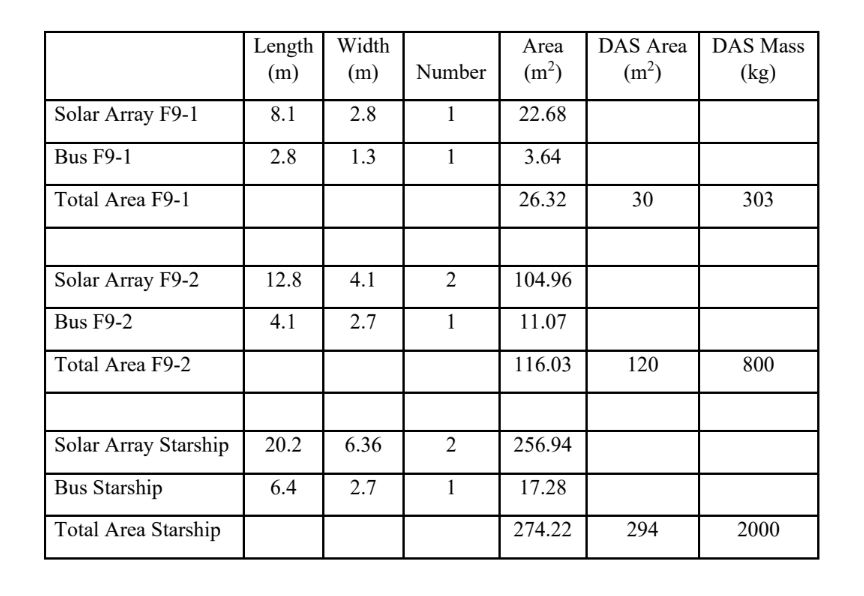
[ad_1]
SpaceX has instructed the US Federal Communications Fee (FCC) that it plans to start launching its first next-generation Starlink Gen2 satellites earlier than the tip of 2022.
The FCC solely simply granted SpaceX partial approval of its Starlink Gen2 constellation, which has been beneath assessment since Might 2020, in late November 2022. Only a week or two later, in a number of filings asking the FCC to expedite Particular Non permanent Authority (STA) requests that may enable it to totally take a look at and talk with its first next-generation satellite tv for pc prototypes, SpaceX stated [PDF] that it “anticipates that it’s going to start launching Gen2 satellites earlier than the tip of December 2022.”
In many of the important STA requests filed in early December, SpaceX seems to be asking the FCC so as to add Starlink Gen2 satellites as permitted factors of communication for consumer terminals and floor stations which are already licensed. These embrace its new high-performance dishes, newer base-model dishes (each mounted and in movement), and first-generation (spherical) dishes. Whereas the FCC’s current actions on Starlink don’t elevate confidence in its consistency, objectivity, and rationality, these requests ought to be shoe-ins.
SpaceX additionally needs permission to activate Very Excessive Frequency (VHF) beacons that should be put in on all Starlink Gen2 satellites. These beacons would function a backup to present telemetry, monitoring, and command (TT&C) antennas and reduce the chances of a complete lack of management by making certain that SpaceX can stay involved with Gen2 satellites no matter their orientation – a capability that may clearly enhance the protection of Starlink orbital operations.
Given how unusually lengthy it took the FCC to assessment SpaceX’s Starlink Gen2 purposes and the way arbitrarily strict it was with its partial Gen2 license grant, it’s onerous to say if the FCC will grant these STA requests or how lengthy it is going to take if it does. SpaceX finds itself in a wierd place the place the FCC has given it permission to start launching as much as 7500 Starlink Gen2 satellites, however has not granted SpaceX permission to make use of these satellites to speak with consumer terminals.
To the FCC’s credit score, a constellation operator has by no means been able to launch satellites lower than one month after launches had been permitted, and it’s possible that the processes to make sure these satellites will be correctly used after launch are ongoing. Moreover, due to the FCC’s arbitrary license restrictions, SpaceX is just not allowed to launch or function any Starlink Gen2 satellites exterior of a slim vary of altitudes (475-580 km). After launch, Starlink Gen2 satellites will possible take round two or three months to achieve these operational orbits, solely after which might SpaceX start utilizing them in earnest. So long as the FCC approves most of SpaceX’s December 2022 STA requests, the disruption to Starlink Gen2 deployment and on-orbit testing ought to thus be restricted.
Subsequent week?
Whereas SpaceX’s schedule targets can typically be simply dismissed for future tasks, there’s proof that SpaceX will really try and launch the primary Starlink Gen2 satellites earlier than the tip of the 12 months. Earlier this month, SpaceX obtained permission to speak with a Falcon 9 rocket for a mission referred to as Starlink 5-1. One among 5 orbital ‘shells’ that make up SpaceX’s first-generation Starlink constellation does technically have zero satellites and is awaiting its first launch. However that shell (Group 5) is polar, that means that its satellites will orbit round Earth’s poles, and the STA license the FCC granted signifies that this launch will likely be to a extra equatorial inclination, which might not make sense for a Group 5 launch.
It’s thus doable that SpaceX determined to repurpose the STA for its first Starlink Gen2 launch, which the corporate can’t presently launch to an inclination apart from 53 levels – roughly the identical trajectory indicated by the doc. Starlink Gen1 has two 53-degree shells, Group 1 and Group 4, and each are almost full and would possible be referred to as Starlink 1-XX or 4-XX in FCC filings. Mixed with SpaceX stating in its VHF beacon STA request that preliminary Starlink Gen2 launches will begin in “late December 2022,” and unofficial manifests indicating that SpaceX has a Starlink launch scheduled as early as December twenty eighth, it definitely seems that first Gen2 satellites will attain orbit later this 12 months.

Extra possible than not, they are going to be Starlink “V2 Mini” satellites – a downsized variant created to maximise the effectivity of Falcon 9 Starlink Gen2/V2 launches whereas SpaceX’s next-generation Starship rocket stays caught on the bottom. The Starship-optimized Starlink V2 satellites SpaceX initially hoped can be the one model reportedly weigh about 1.25 tons (~2750 lb) and measure roughly 6.5 by 2.7 meters (21 x 9 ft). In response to an October 2022 FCC submitting, Starlink V2 Mini satellites will nonetheless be a number of instances bigger than right this moment’s Starlink V1.5 satellites, weighing as much as 800 kilograms (~1750 lb) and measuring 4.1 by 2.7 meters (13.5 x 9 ft).
SpaceX says Starlink V2 Mini satellites may even have a pair of huge photo voltaic arrays with a complete array of 120 sq. meters (~1300 sq ft). Assuming V2 Mini satellites are roughly as power-efficient as V1.5 satellites and use equally environment friendly photo voltaic arrays, that signifies that might provide round 3-4 instances extra usable bandwidth per satellite tv for pc. Assuming SpaceX has once more discovered a means to make use of all of Falcon 9’s accessible efficiency, every rocket ought to be capable to carry as much as 21 Starlink V2 Mini satellites to low Earth orbit.

[ad_2]